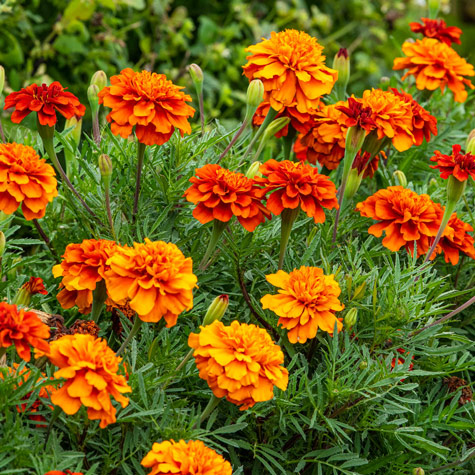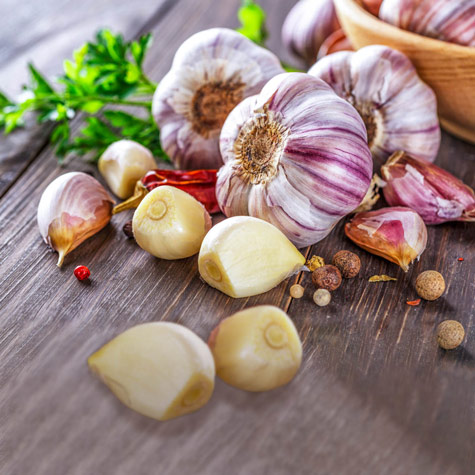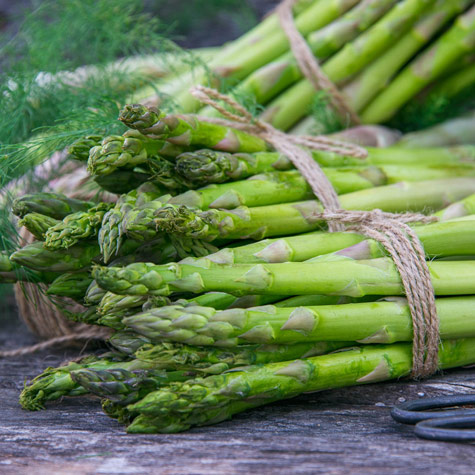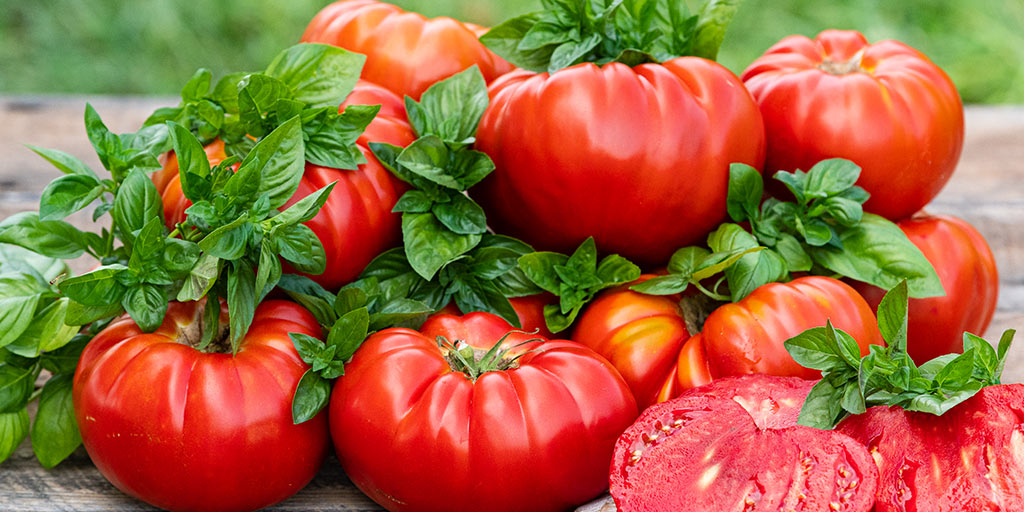Companion gardening is an age-old practice that involves strategically planting different crops close to each other to enhance growth, deter pests, and improve overall garden health. This natural approach to gardening is both environmentally friendly and beneficial for your plants, making it a popular choice among gardeners of all levels. Learn the basics of companion gardening and dive into specific strategies for companion.
What is Companion Gardening?
Companion gardening is based on the idea that certain plants can mutually benefit each other when grown together. These benefits may include improved nutrient uptake, pest control, disease prevention, and even enhanced flavor. By understanding which plants thrive together and which ones should be kept apart, you can create a more productive and sustainable garden.
Benefits of Companion Gardening
Companion gardening offers a variety of advantages:
- Pest Control: Some plants naturally repel insects or attract beneficial predators. For example, marigolds are known to deter nematodes, while dill attracts ladybugs, which eat aphids.
- Improved Soil Health: Certain plants can improve soil structure and nutrient content. For instance, legumes like beans fix nitrogen in the soil, benefiting nitrogen-hungry plants like corn.
- Efficient Use of Space: By pairing plants with different growth habits, you can maximize your garden space. For example, tall plants like sunflowers can provide shade for ground-hugging crops like lettuce.
- Enhanced Growth and Flavor: Some plants improve the growth and flavor of their companions. Basil, for example, is said to enhance the flavor of tomatoes when planted nearby.
Top 5 Companion Plants to Grow
If you’re new to companion gardening or simply looking for the best companions to include in your garden, here are the top five companion plants that offer a wide range of benefits:
Marigolds

- Benefits: Marigolds are a powerhouse in the garden, known for their ability to deter nematodes and other pests. Their vibrant flowers also attract pollinators, making them an excellent companion for many vegetable crops.
- Best Companions: Tomatoes, asparagus, and beans.
Basil

- Benefits: Basil not only enhances the flavor of nearby plants, especially tomatoes, but it also repels insects like mosquitoes and flies. It’s a must-have herb for any kitchen garden.
- Best Companions: Tomatoes, peppers, and asparagus.
Garlic

- Benefits: Garlic is a natural pest repellent, deterring aphids, slugs, and even deer. It also has antifungal properties, helping to prevent diseases in nearby plants.
- Best Companions: Strawberries, carrots, and roses.
Asparagus

- Benefits: Asparagus can deter certain pests like nematodes, which are harmful to many other garden plants. Additionally, asparagus provides ground cover that can help suppress weeds, making it easier to manage the garden. Asparagus beetles are a common pest, but certain companion plants can help reduce their numbers.
- Best Companions: Tomatoes, parsley, and strawberries.
Strawberries

- Benefits: Strawberries benefit from companion plants that help repel pests like aphids, slugs, and Japanese beetles. They also do well with companions that improve soil health or provide shade during hot weather. Proper companions can also enhance strawberry flavor and yield.
- Best Companions: Spinach, onions, and thyme.
Planning Your Companion Garden
When planning a companion garden, consider the following tips:
- Start Small: If you’re new to companion gardening, start with a small section of your garden to experiment with different plant combinations. This will allow you to observe how the plants interact and adjust your strategy accordingly.
- Consider Planting Times: Some companion plants may have different growing seasons. Plan your garden layout to ensure that early-season crops like lettuce and spinach don’t interfere with the growth of later-season plants like tomatoes.
- Space Appropriately: Make sure to give each plant enough space to grow. While companion planting often involves planting close together, overcrowding can lead to competition for resources and increased risk of disease.
- Rotate Crops: To maintain soil health and reduce pest and disease pressure, practice crop rotation. Avoid planting the same families of plants in the same spot year after year.
Companion gardening is a powerful tool for any gardener looking to grow a healthier and more productive garden. By carefully selecting and pairing plants, you can create a thriving ecosystem that supports plant growth, reduces pest problems, and enhances the overall beauty of your garden. Whether you’re growing asparagus, strawberries, or any other crops, understanding the principles of companion gardening will help you achieve a more bountiful harvest.

